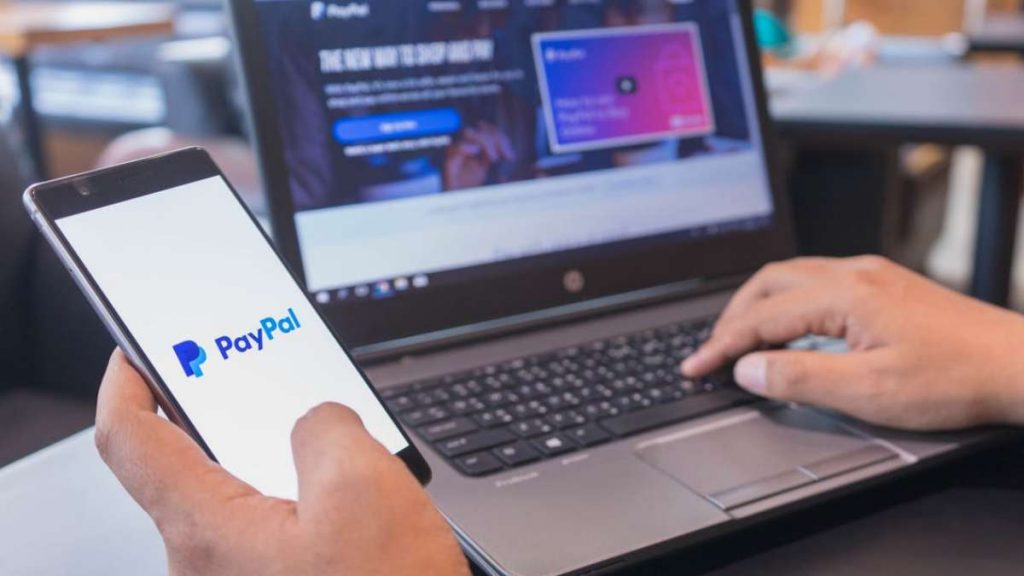Whatever you mean to use your PayPal account for, the verification process is an important step in making sure that it works as it should.
As a user with a PayPal account that is unverified, there’s a limit as to what you can do with it: including sending, receiving, and withdrawing limits. In certain areas, like the EU, it can even mean noncompliance with the law.
Learn what the limits to your unverified account are below as we answer all the most commonly asked questions regarding the subject at large:
PayPal Account | Overview
Before anything else, let’s talk about why you should get your account verified with PayPal as well as how to get your account verified:
Why is the verification process important?
PayPal’s verification process is just one aspect of its security measures — which allow its users to send and receive money as they wish more comfortably.
Before, unverified accounts were just a matter of course. However, in order to work out better deals (e.g., lower fees per transaction) with reduced risks, identity verification became a must for PayPal.
What to do when your account is unverified?
Well, the answer to that is probably what you already expect: get verified! By allowing PayPal to verify your account, you can reduce the limits imposed and practice safer transactions.
How to verify an unverified account?
If you want all the details, the best place will be to look (using your own PayPal ID) for help on this PayPal Help Center page. The process is described there in full.
To be concise though, here are the items usually required to verify an unverified account:
- Bank Account
- Credit or Debit Card
- Business Information (for business accounts)
Your PayPal ID should automatically be verified by setting up bank funding or by signing up and getting admitted into PayPal’s Credit service.
PayPal Unverified Limits
Now to actually discuss the subject for the day: the limitations of an unverified account!
This section is most useful for those who may have just gotten their PayPal ID and are looking to figure out what they can or cannot do with this brand-new account:
What is the withdrawal limit of an unverified account?
With an unverified PayPal account, there is a limit on the total amount of money that you can withdraw in a single transaction.
These withdrawal limits will vary based on your currency.
But, in general, this is a $500 monthly withdrawal limit — disallowing you from withdrawing any more unless you go through the process of verifying your account properly.
What are the sending limits of an unverified account?
With PayPal, the sending limit of an unverified account will vary greatly depending on your country and what kind of account you have.
This means that you can still send money through PayPal. But the amount of money that you send will be under restrictions. You can better understand these limitations on your account by logging into it and clicking the “View Limits” option under the Account Overview.
(As an example, according to PayPal Help Center the sending limit for an unverified UK PayPal account is £1900 GBP per year.)
What are the sending limits of a verified PayPal Account?
To allow for a proper comparison, according to Heatstudies, the sending limit of a verified business account is $60,000 in a single transaction. With the sending limit per month being $500,000 and $100,000 for the daily limit.
Limits of PayPal | Why does PayPal need to Verify Accounts?
As mentioned previously, PayPal requires its users to verify their accounts for the sake of security. As a large organization, they don’t really have the time to deal with the underwriting process that is usually required when working with a processor.
And so, in its place, they use an algorithm that catches ‘suspicious activity’ and imposes limits as they deem necessary.
The reality is that you can keep your account unverified with PayPal if that’s what you want. But it wouldn’t be feasible as a business, as you’ll hit the limit of what you’re allowed to withdraw or send as payments pretty quickly… Hence why an alternative should be considered!
PayPal Alternative for Businesses | Platinum Payment Systems (PlatPay)
If you want to push your business’s growth with more flexibility and freedom, you should consider a merchant processor that can work with you more closely.
And by that, I mean, a processor that will actually see you as an individual organization rather than just one of the masses. One that will work closely with you and get to know your business from the inside out so that you never run the risk of losing out on potential customers because of limitations or other such account hold-ups.
An example of this would be the well-known processor, Platinum Payment Systems (PlatPay).
Platinum Payment Systems works closely with all their clients and supports even those who are considered “high-risk” or “high-volume” merchants. With their decade’s worth of experience in the payments industry, Platinum Payment Systems should be able to support you with any of the growing pains that usually trigger PayPal’s algorithms as well.
